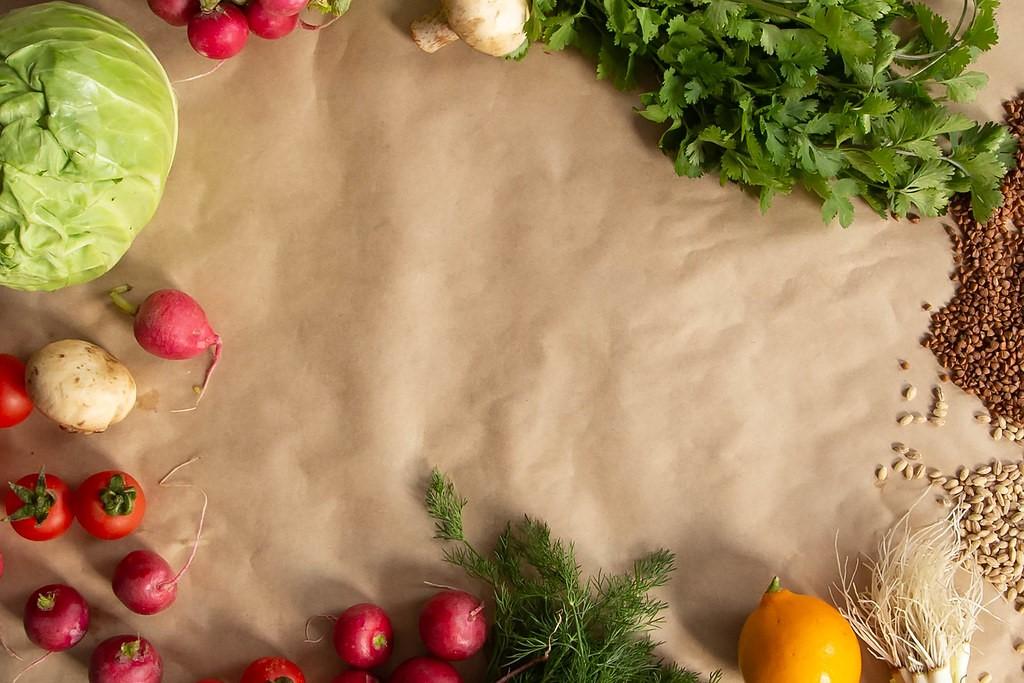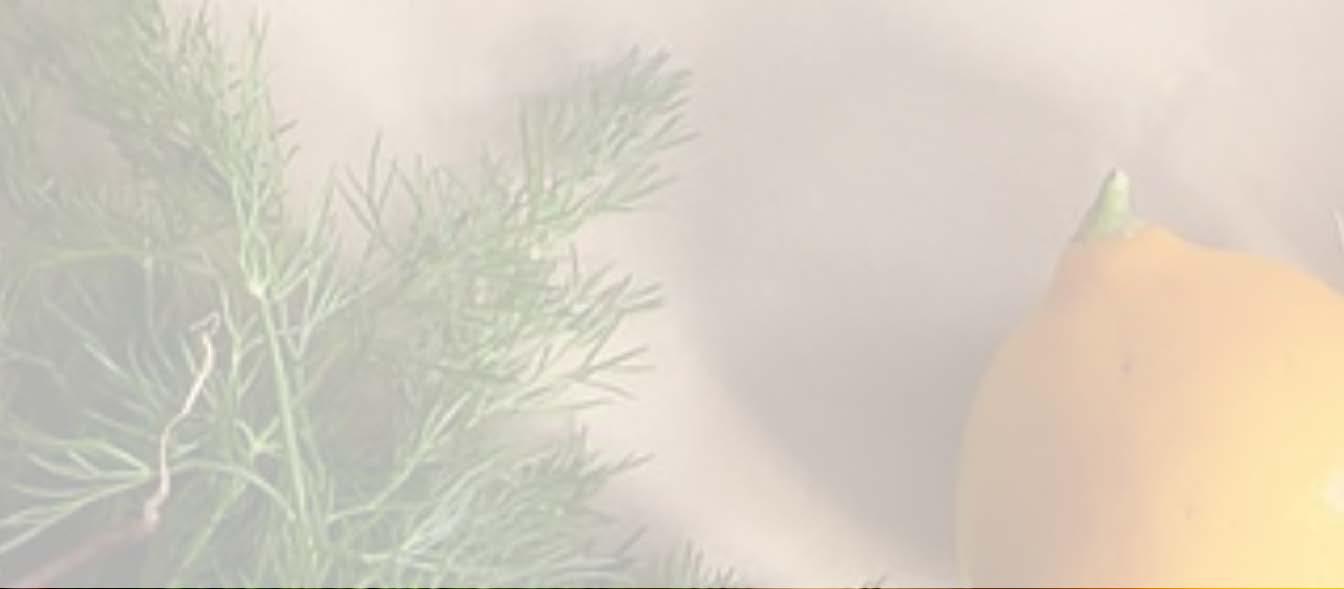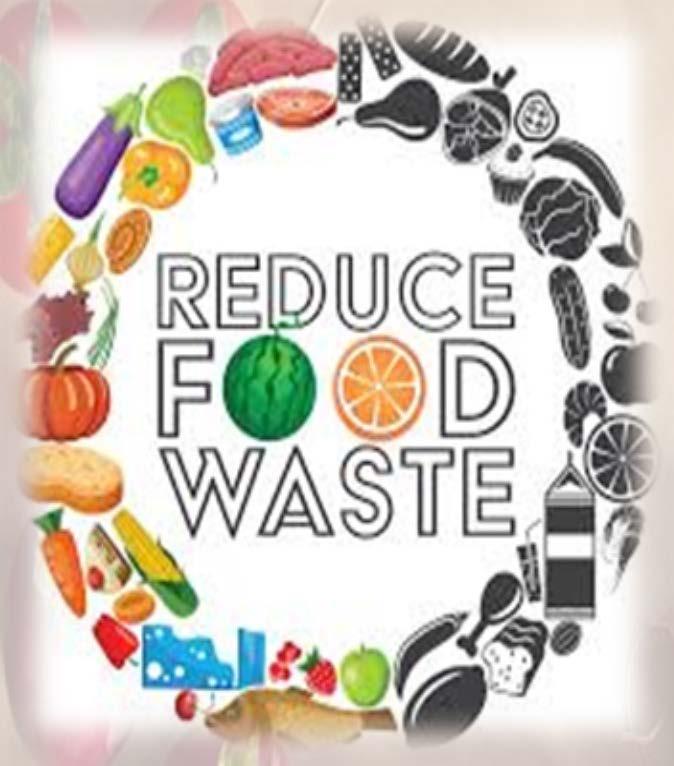
4 minute read
Where Does Rutgers Food Waste Go?
Where Does Rutgers Food Waste Go? By Alejandra Aguilar






In the United States, we live in a throw-away society, and have become so accustomed to a fast-paced way of living, that we often forget about the repercussions of having food so readily accessible. Food waste is no exception to this fact. As the agriculture industry innovates ways to keep up with expanding population numbers, it is inevitable that more food waste will end up in landfills.
There are several ways by which the Rutgers University community tries to mitigate food waste around the campuses. The Rutgers dining halls have implemented a few remedies for food waste from reaching landfills. For example, a Somat pulper extracts the water from food waste while grinding it to make the food more compactible, therefore taking up less space in a landfill. The compacted waste is allegedly picked up by a pig farmer who uses it as pig feed on his farm. In addition, there are nine aerobic respirators established in places such as Henry’s Dinner, IFNH, and the dining halls, as stated by Joe Charette who is the head of Rutgers Dining Facilities. In addition, food biodigesters are also established on campus, but it is unclear how many and how actively they are being used.
I met with executive board member of the Rutgers Compost Club, Morgan Mark and Secretary Brigitte Shackerman to ask them a few questions on where they think we could collectively improve our food waste production at Rutgers. The compost club held their compost collection on Saturday September 20th on the College Avenue campus. The club successfully collected over seventy pounds of food scraps. The Executive






members also commented on how New Brunswick residents helped to join the collection, and even donated food scraps after learning about the compost club’s efforts. After the collection, the waste is brought to the composting bins located on the Cook/Douglass campus. I asked them about some ways in which students can minimize their food disposal. They suggested when eating at the dining halls, to take a small portion of a dish if you are trying it for the first time, and maybe even think about joining the compost club to create a difference first hand.
As a start to help mitigate the food waste issue at Rutgers, students should be more actively informed about where their food waste is disposed of, when eating around campus. Another way to mitigate food waste is to follow the EPA’s food recovery hierarchy which deems composting to be a last resort before it reaches a landfill, the first being to source reduction and reuse food scraps. Additionally, food could be put inside clear trash bins in the dining halls so that students could see all of the food that is being disposed, while having printed flyers of the recovery hierarchy on the walls. It is important to encourage discussion about where our food waste goes, and whether the methods proposed to solve them are actually being enforced. This can only happen if more and more students are aware of the issue in the first place. By actively participating in clubs such as the Compost club, students can see firsthand that food waste is a problem, and that it can undoubtedly be prevented from reaching landfills with the right techniques.







Works Cited Hunt, Logan. “Food Recovery Hierarchy.” Wasatch Resource Recovery, Wasatch Resource Recovery, 31 Jan. 2019, http://wasatchresourcerecovery.com/food-recoveryhierarchy/. RU Express/Meal Plan Office. “Food Recovery.” Rutgers Dining Services, Rutgers, The State University of New Jersey, http://food.rutgers.edu/foodrecovery/. “The WASTE2GO Food Waste Bio-Digester.” Waste2go, Mechline Developments Limited, 2019, http:// www.waste2go.us/.










